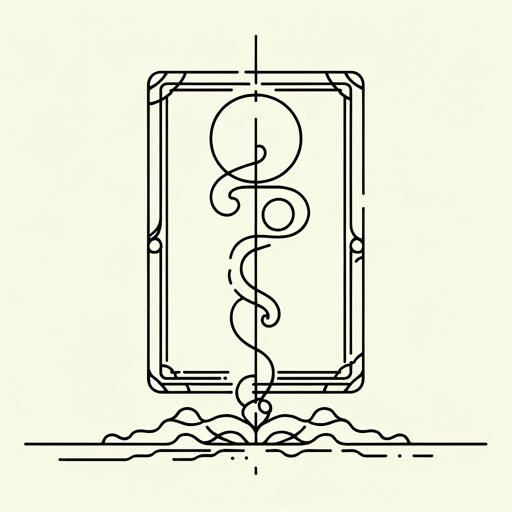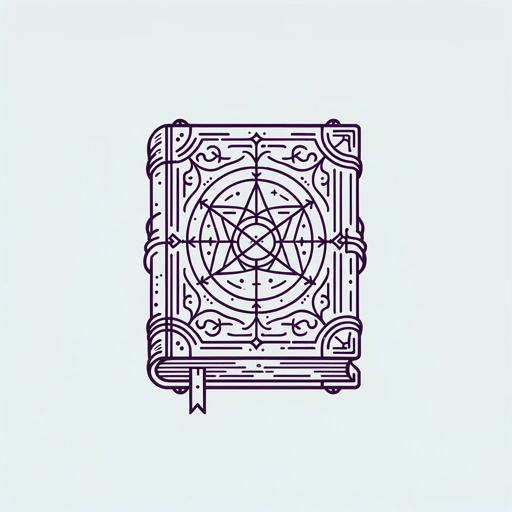27 pages • 54 minutes read
H. P. LovecraftThe Call of Cthulhu
Fiction | Short Story | Adult | Published in 1928A modern alternative to SparkNotes and CliffsNotes, SuperSummary offers high-quality Study Guides with detailed chapter summaries and analysis of major themes, characters, and more.
Literary Devices
First-Person Point of View
“The Call of Cthulhu” is written in the first-person point of view. This technique is common in horror writing as it easily permits the author—and narrator—to withhold information from the reader. In “The Call of Cthulhu,” Thurston knows the whole story from the beginning, but he reveals it to us piece by piece. In theory, Thurston does this to prove that his investigation was thorough, orderly, and reasonable. In practice, it allows Lovecraft to create a sense of mounting horror as the truth about Cthulhu comes into focus.
The first-person point of view also allows the reader to “see past” Thurston. While Thurston is too skeptical to believe in Wilcox’s ramblings or Old Castro’s account of the cult’s beliefs, the reader recognizes that Thurston is overlooking important information. While Thurston describes his emotional reactions in detail—especially his mounting horror the more he learns about the cult—he fails to see how these emotions affect his judgment. We anticipate that Thurston is stumbling into greater danger than he realizes, raising the story’s tension.
The first-person point of view has a drawback in that other characters’ voices and stories are filtered through the narrator’s own. Angell, Wilcox, Legrasse, Johansen, and even Old Castro have personal accounts of their experience with Cthulhu.
Related Titles
By H. P. Lovecraft





